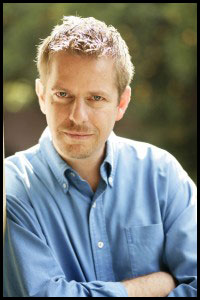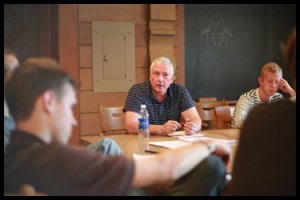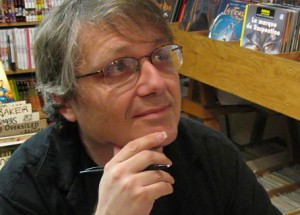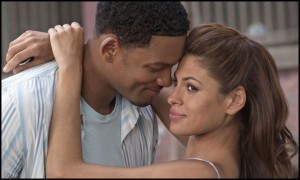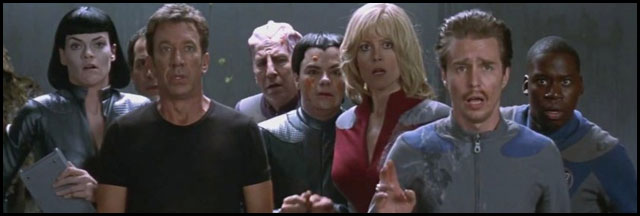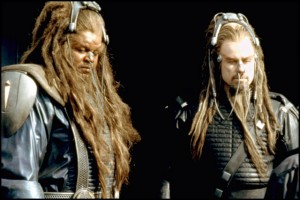
starring Ben Browder, Claudia Black
I admit that I did not hop on board Farscape at the beginning of its run. I had followed Babylon 5 for its entire run, and then been disappointed by the way Crusade was handled. So I wasn’t quite ready to follow another space opera, especially one that was as continuity-heavy as Farscape seemed to be. It looked great and I am always inclined to trust the Henson Company when it comes to creature creation. But I wasn’t ready to deal with it.
But then, just before the beginning of Season 3, I caught a rerun of the Season 2 finale.
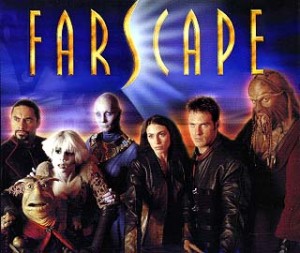
Cast of Farscape
I was very impressed. Not just with the look of Farscape. The writing and acting were both excellent. In spite of the fact that I actually knew very little about the established backstory, I had no problem following that episode. The reasons for that, which I’ll go into in a minute, are the consistent qualities of the series throughout its run. As I began to get into the series, I was seeing it piecemeal at first. Only later in Season 3 did I get completely plugged in.
The show has a very good conceptual presentation. The “look” is distinctive. The mix of make-up and puppetry to create the various alien races is far more successful than the “give them a weird forehead” attitude of later Star Trek series. In particular, Pilot is a completely believable creature.
The writing is sharp and full of life. The writing is crucial for creating the ability to reference backstory “incidentally” for each episode plot, making it possible to view almost any episode out of context and still be able to follow the events of that episode. The writing presented essentials by way of character interactions and reactions. Because, in the end, what the audience needs is not necessarily the history, but rather the significance to the characters.
Which leads to the last element that makes this show shine: the cast. Always, the cast delivers the emotional reality of the characters. The clarity of the performances succeeds in conveying all the crucial information about backstory which the writing might leave out. The nature of the relationships, down to the subtlest variations in how the relationships may be at any particular moment, always comes through.
Like any series, there are some episodes that are less sterling than the standard. But over all, Farscape is a very engaging, thought provoking science fiction series. It has a moral compass and advocates love and compassion, even when the circumstances are difficult and painful. And it does all this without preaching. Instead, it makes you feel it. And that’s entertainment.



